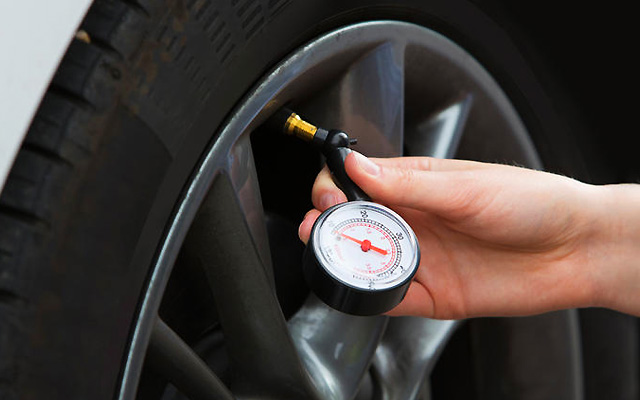The effects of a heatwave on tyre pressures
Article written by Bush Tyres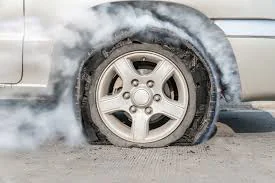
How our recent high temperatures in the UK affect a cars tyre pressures
As Britain basques in some of the hottest temperatures recently, when you drive, the temperature of tyres increases faster, consequently, the heated air inside the tyres expands and its pressure rises quickly, which can lead to tyre blowout with disastrous consequences.
Recommended car tyre pressure in manufacturers manuals are for the cold tyres. It means that the vehicle hasn’t been driven for several hours before the measurement of pressure is taken. An ideal time for taking tyre pressures is during the night or early in the morning, before going to work, or when the temperature of the tyres equals the outside air temperature. It also means that normal ambient temperature of tyres is about +20 degrees °C.
Daytime inflation pressure, when the outside temperature is higher, means that the tyres are not completely cold. The pressure inside warm tyres after driving is naturally higher. So never reduce the pressure of warm tyres. Once they cool down, their pressure could fall below the specified minimum tyre pressure.
The European Tyre and Rim Technical Organisation (ETRTO 2001) also suggested that hot pressure can be up to 20 % higher than cold and that under no circumstances should hot tyres be pressurised to the recommended cold tyre pressure given by the car manufacturers.
When the temperature increased to about 10°C the pressure is increased to about 0.1 bar. It is the rule of thumb that the tyre pressure increased by 0.1 bar for every 10°C change in ambient temperatures even when the tyre is not driven.
If the pressure is measured at +20°C (garage temperature in the morning), tyres should be inflated at recommended manufacturer’s tyre pressure (for example, 2.0 bar). If the temperature drops to 0°C, pressure of 1.8 bar should not be increased.
If the outside temperature rose to +40°C pressure of 2.2 bar should not be lowered.
An interesting experiment was conducted by Tire Rack
The first two tyres are mounted on wheels and left it overnight to have their temperatures equalize and stabilize. In the morning the tyre pressure is set to 35 psi (2.4 bar). The outside temperature, tyre temperature and tyre air pressure are monitored during the day:
Outside temperature changes: 67°F (19°C) to 85°F (29°C)
Initial pressure in the morning: 35 psi (2.41 bar)
|
Experiment Result Table
|
Tyre 1 – placed in the shade
|
Tyre 2 – placed in the sun
|
|
Tyre pressure: the highest of the day
|
36.5 psi (2.52 bar)
|
40 psi (2.76 bar)
|
|
Increase in pressure:
|
4.3%
|
14.3%
|
This experiment shows that the pressure in the shade rose by 4.3%, in the sun even 14.3%. The pressure at a temperature of 67°F (19°C) – approximately identical to cold tyre pressure, is equal to the tyre manufacturer’s recommended pressure. If temperature tyre pressure in the sun even rose 14.3% (0.35 Bars – 5 psi), that does not mean that we should reduce the pressure on the tyre manufacturer’s recommended pressure. In that case tyre would be underinflated in the next morning.
The tyre is also heated during the drive so the pressure difference between the cold morning and warm daytime temperatures is even higher. But that does not mean we need to inflate warm tyre to the recommended pressure.
We will repeat one more time:
Never reduce the pressure of warm tyres. Once they cool down, their pressure could fall below the specified minimum tyre pressure. The recommended inflation pressures are for cold tyres, when they are at a normal outside temperature of about +20 °C. Adjust the pressure to recommended manufacturer’s tyre pressure in the morning when the temperature is about +20 °C.
Don’t forget tyre pressure must be checked and adjusted regularly every 14 days. The spare tyre must not be forgotten.
Where to find manufacturer’s recommended tyre pressure
Information about the recommended manufacturer’s tyre pressure can be found in the vehicle’s owner’s manual, on the tyre information placards or somewhere on the vehicle. Car manufacturers put a sticker with tyre pressure information in different places so you will surely find them in one of these places:
- on the vehicle door edge
- door Jam
- glove-box door
- inside of the boot lid
- inside the fuel filler cap cover
The most common place where you can find placard with information about the correct tyre pressure is on the vehicle door edge.
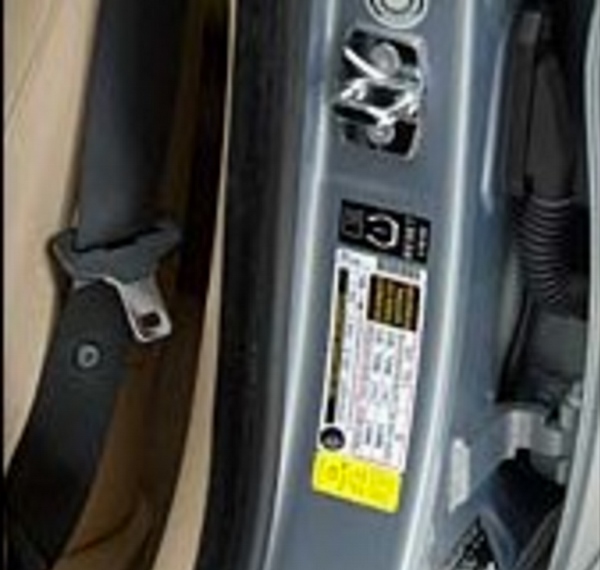
All of our tyre centres offer free tyre pressure checks.
To find your nearest centre click the link below:
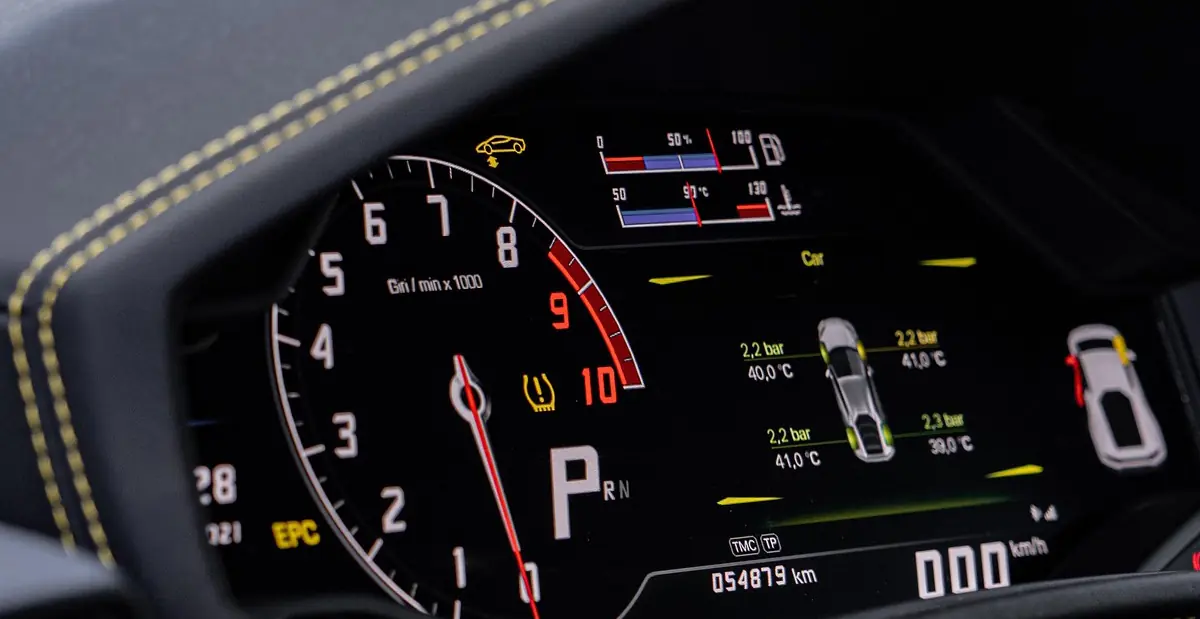
Since November 2014 TPMS or Tyre Pressure Monitoring Systems have been helping motorists stay safe on the roads
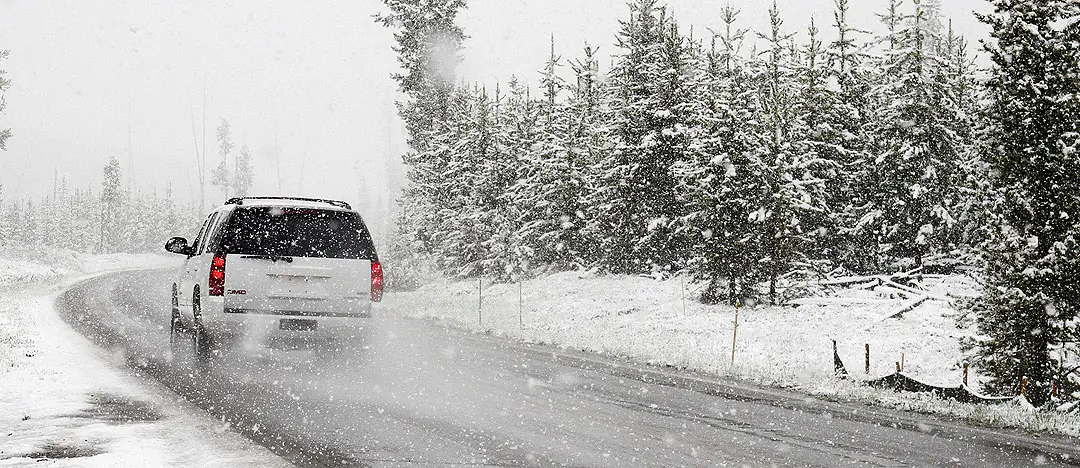
In all of our Bush Tyres depots we offer free winter car health checks including tyre specific checks. Following the inspection we will let you know what we feel is your best course of action, whether you need a tyre replacing immediately or whether you have a few thousand miles left. At the end of the day all we will do is advise, it’s up to you then to decide what to do.
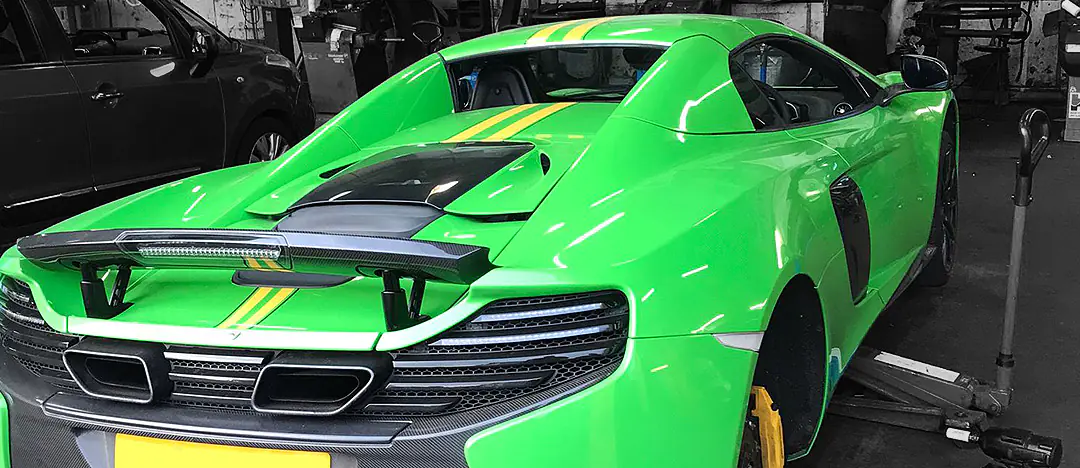
Even Supercars get punctures! This Mclaren 650S recently visited Endyke Tyres in Hull for a repair after a nail tried to ruin the owner’s day.



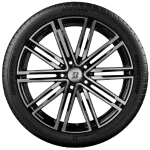 Tyres
Tyres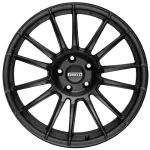 Services
Services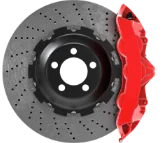 Fast Fit
Fast Fit Offers
Offers